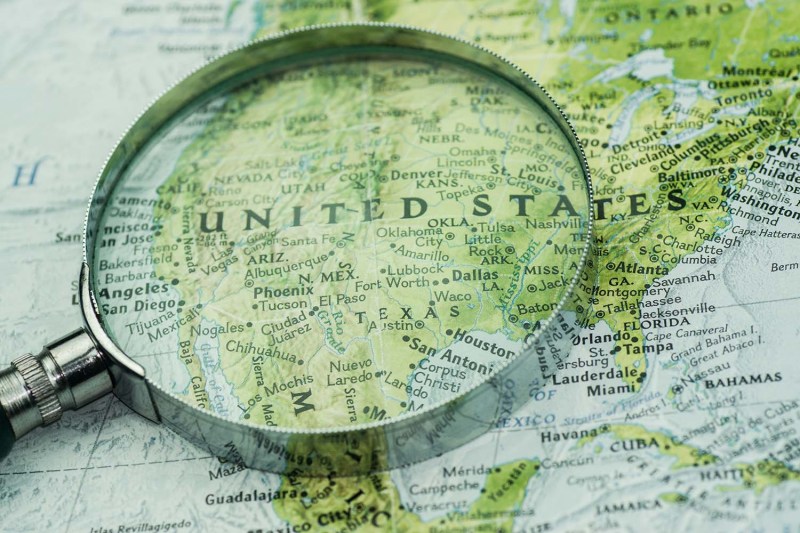It’s clear that merely waiting out the COVID-19 pandemic isn’t a viable option. It’s likely to be an issue for the foreseeable future, at least until we can develop a vaccine. In light of that realization, the world has slowly begun to reopen. Some countries are tentatively reopening to foreign visitors, while others are reopening only to visitors from neighboring countries in what are being called the world’s first “travel bubbles.”

This month, Estonia, Lithuania, and Latvia agreed to reopen their borders, but only to one another. It’s Europe’s first official travel bubble. The concept is simple: The three countries will freely allow visitors from either of the two neighboring countries while limiting access to anyone else. Other travelers to these Baltic corridor countries would need to isolate for at least 14 days after they arrive.
Australia and New Zealand are planning a similar travel bubble. In March, the two countries effectively shut their borders to foreign travelers. That decision has been credited with stopping the explosion of COVID-19 cases in both countries. Because of their proximity to one another and their low incidents of infection, a travel bubble between them makes perfect sense. Neither has confirmed when they’ll institute such a bubble, although it likely won’t happen before August.
In the United States, regional travel bubbles could be a viable way for states to reopen their borders. In the west, the governors of Washington, Oregon, California, Nevada, and Colorado have agreed to time their reopenings together to minimize a resurgence of COVID-19. As many states are struggling with how to jump-start their economies, it could be the first logical step for workers who, for example, live in one state but work in another.
Practically speaking, this makes sense. Legally, however, it’s another matter, at least here in the United States. With certain emergency measures in place, states are allowed to take drastic measures like checking visitors’ temperatures at the border or forcing out-of-state travelers to quarantine after arrival. The key is that these measures must be applied across the board without discrimination. Cam Winton, a lawyer counseling people struggling with state-imposed regulations related to the coronavirus, told The New York Times, “If any states created a bubble to keep out residents of disfavored states, the action would be open to challenge that the bubble violated U.S. Constitutional principles of equal treatment.”
Considering the recent wave of protest marches on U.S. state capitols by gun-toting “freedom fighters,” there would likely be some backlash. Key West and The Florida Keys effectively became its own travel bubble in March. Officials established checkpoints near the northern border of the archipelago to stop anyone who couldn’t prove that they either lived or worked in the islands. That order went largely unchallenged as locals collectively agreed that their safety was paramount. The city of Folly Beach on Folly Island in South Carolina wasn’t so lucky, however. Local authorities attempted a similar checkpoint system to curb the rate of infection but were swiftly ordered to abandon it amid public outcry.
Peaks Island, a popular tourist destination near Portland, Maine, also tried to institute its own travel bubble on more of a volunteer basis. One local community advisor on the island confirmed that it’s tricky, though. Randy Schaeffer said, “It’s a very conflicted situation with community needing the business that comes with visitors, but also needing to prioritize everyone’s health. People might want something like a bubble, but we don’t have the legal power to do that, and it is highly unlikely that we would be able to keep people from coming here. We aren’t North Korea.”


